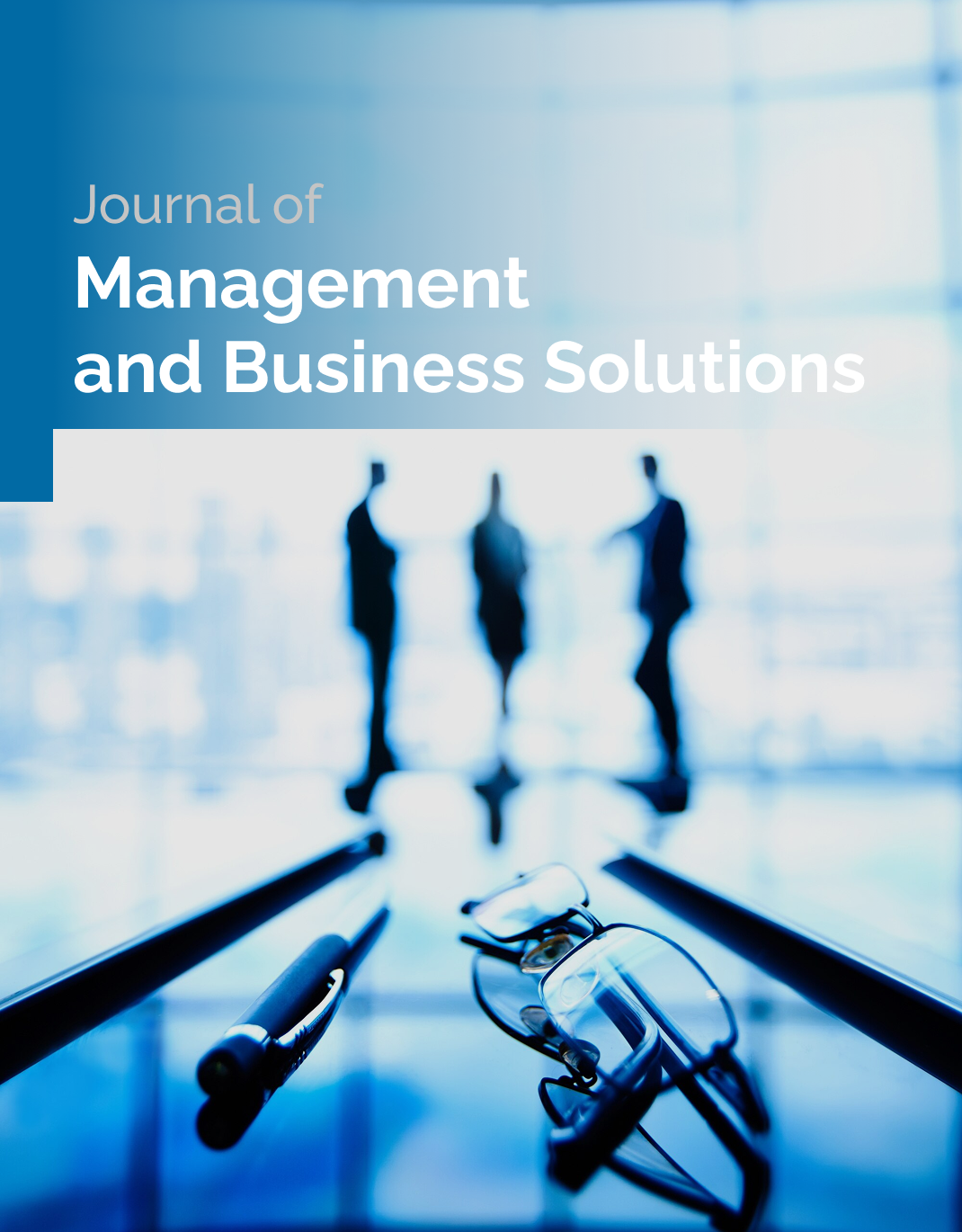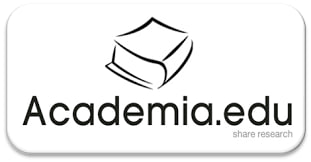The Spillover Effect of Global Crude Oil Price Volatility on Iran’s Basic Metals Market: A Kalman Filter Approach
Keywords:
Basic metals exports, oil price volatility, state–space model, Kalman Filter, Iranian economyAbstract
The present study examines the spillover effect of global crude oil price volatility on the basic metals market in Iran during the period from 1996 to 2024. Given the importance of oil and basic metals in Iran’s economy—and their roles in export revenues and economic growth—the main objective of the research is to identify the transmission channels through which oil price volatility affects the export of mineral resources and basic metals, and to determine the magnitude and direction of these effects. To analyze the data, a state–space model using the Kalman Filter algorithm is employed, which enables the estimation of unobservable variables and time-varying parameters of the model. This method is particularly suitable for examining structural instability and the dynamic effects of market volatility. The findings indicate that crude oil price volatility, economic policy uncertainty, geopolitical risk, and energy consumption exert negative effects on basic metals exports, leading to reduced competitiveness and profitability in this sector. In contrast, capital and labor have positive effects on the export of basic metals, facilitating the enhancement of production and export performance. Furthermore, the effects of institutional quality and the economic complexity index in Iran appear to be limited and short-term. Based on the results, it is recommended that policymakers stabilize energy prices, reduce policy uncertainty, expand stable trade relations, invest in technology, and increase institutional transparency to support the sustainability and growth of basic metals exports. Using the recursive Kalman Filter algorithm, this study provides an accurate and dynamic portrayal of the interaction between global oil market volatility and the basic metals sector, offering valuable insights for policymakers and economic practitioners.
Downloads
References
1. Schischke A, Rathgeber A. Time-varying spillover effects within and between industrial metal markets. Mineral Economics. 2025. doi: 10.1007/s13563-025-00529-3.
2. Melas KD. Volatility spillovers among the major commodities: A review. Journal of Commodity Markets. 2024;17(8):365. doi: 10.3390/jrfm17080365.
3. Akinci Tok S. Interplay between metal and oil markets in the renewable energy transition: An internal and external connectedness perspective. International Journal of Energy Studies. 2025;10(3):1023–50. doi: 10.58559/ijes.1697747.
4. Cui J. Crude oil, forex, and stock markets: unveiling the higher-order spillovers. Humanities and Social Sciences Communications. 2025. doi: 10.1057/s41599-025-05308-7.
5. Cunado J, Gabauer D, Gupta R. Realized volatility spillovers between energy and metal markets: A time-varying connectedness approach. Financial Innovation. 2024;10(1):12. doi: 10.1186/s40854-023-00554-7.
6. Cunado J, Chatziantoniou I, Gabauer D, de Gracia FP, Marfatia H. Dynamic spillovers across precious metals and oil realized volatilities: Evidence from quantile extended joint connectedness measures. Journal of Commodity Markets. 2023;30:100327. doi: 10.1016/j.jcomm.2023.100327.
7. Marobhe MI, Kansheba JMP. High frequency volatility spillover between oil and non-energy commodities during crisis and tranquil periods. SN Business & Economics. 2023;3:91. doi: 10.1007/s43546-023-00463-y.
8. Tessmann M, Carrasco-Gutierrez C, Khodr O, Magalhães LA, Passos M. Volatility Transmission and Market Connectivity of Metals and Energy Commodities: Insights from the Spillover Index. International Journal of Energy Economics and Policy. 2024;14(3):609–18. doi: 10.32479/ijeep.15152.
9. Dai YS, Dai PF, Goutte S, Nguyen DK, Zhou WX. Moment connectedness and driving factors in the energy-food-metal nexus: A time-frequency perspective. Economies. 2025.
10. Ghallabi F, Ghorbel A, Karim S. Decoding systemic risks across commodities and emerging market stock markets. Financial Innovation. 2025;11:47. doi: 10.1186/s40854-024-00732-1.
11. Naeem MA, Hamouda F, Karim S. Tail risk spillover effects in commodity markets: A comparative study of crisis periods. Journal of Commodity Markets. 2024;33:100060. doi: 10.1016/j.jcomm.2023.100370.
12. Nie G, Cherif HH, Chen Z. Measuring dynamic spillovers between crude oil and grain commodity markets: A comparative analysis of demand and supply shocks. Finance Research Letters. 2024;67:105748. doi: 10.1016/j.frl.2024.105748.
13. Haque ME, Imam MO. Following the crowd: Unveiling the impact of macroeconomic shocks and monetary policy shifts on herding dynamics in the commodity and metals sectors. Economies. 2025;13(11):306.
14. Alzate-Ortega A. Volatility spillovers in emerging markets: Oil shocks and financial connectedness. Energies. 2024;17(2):378. doi: 10.3390/en17020378.
15. Dai Z, Wu T. The impact of oil shocks on systemic risk of the commodity markets. Journal of Systems Science and Complexity. 2024;37:2697–720. doi: 10.1007/s11424-024-3224-y.
16. Shakeri A, Mohammadi T, Nazman H, Taherpour J. Dutch disease in Iran and its impact on economic growth. Economic Research Quarterly. 2013;13(50):63–86.
17. Shahabadi A, Sadeghi H. Comparison of the effect of natural resource abundance on economic growth in Iran and Norway. Economic Modelling Quarterly. 2013;7(22):21–43.
18. Shahabadi A, Sadeghi H. Natural resource abundance and per capita GDP in oil-producing countries with emphasis on economic freedom. Research on Economic Growth and Development. 2015;5(20):79–98.
19. Behboudi DA, Hosseinmolu M, Navid H. The role of institutional quality in the relationship between natural resource abundance and economic growth: Evidence from oil economies. Quarterly Journal of Economic Research and Policies. 2012;20(62):95–116.
20. Mohseni Zanouzi SJ, Shahbazi K, Ronak P. The effect of oil revenues on the good governance index in selected OPEC member countries. Economic Policy Progress. 2014;2(4):156.
21. Jalili Z, Salmani Bishak MR. The relationship between resource abundance, governance, and economic growth with emphasis on the role of information and communication technology. Scientific Quarterly of Applied Economic Theories. 2018;5(3):137–64.
22. Valihe A, Mousavi SN, Amini Fard A. Oil dependence, institutional quality, and economic growth: A panel vector autoregression approach. Energy Economics Studies Quarterly. 2022;18(72):59–87.
23. Azizi Z, Barari A, Ahmadpour Kacho A. The impact of institutional quality on financial development: Evidence from developing countries in the Eurasian region. Economic Studies and Policies. 2021;8(1(15)):247–74.
24. Bayat Beghaei F, Seifipour R, Mohammadi T, Mehrabian A. The role of institutional quality in the relationship between natural resource abundance and economic growth in Iran: A Kalman filter approach. Econometric Modelling. 2021;6(3):123–49.
25. Afshari Z, Shirinbakhsh Masouleh S, Beheshti M. Financial sustainability in Iran. Economic Research Journal. 2012;12(45):27–54.
Downloads
Published
Submitted
Revised
Accepted
Issue
Section
License
Copyright (c) 2025 Seyed Mohammad Hassani, Marjan Daman keshideh, Amir Reza Keyghobadi, Seyed Nematollah Mousavi (Author)

This work is licensed under a Creative Commons Attribution-NonCommercial 4.0 International License.



